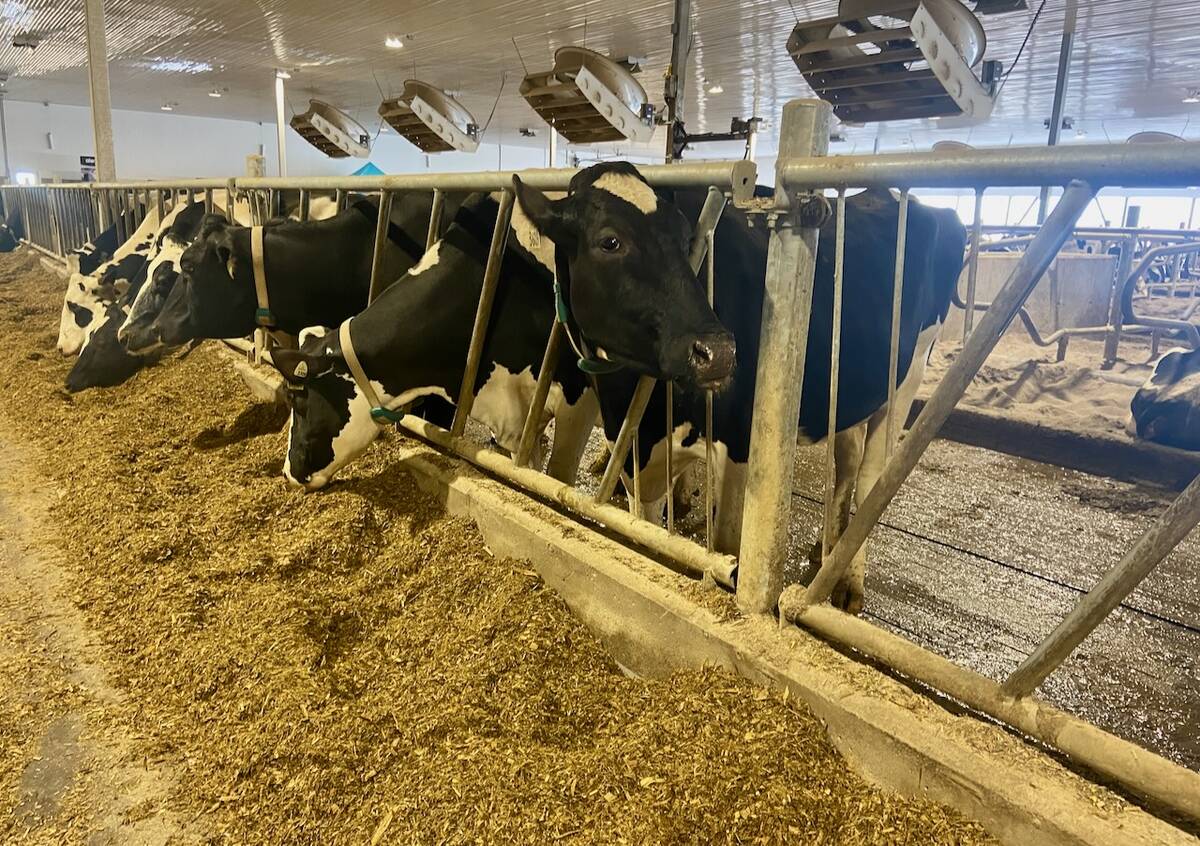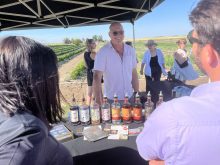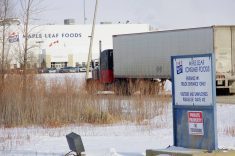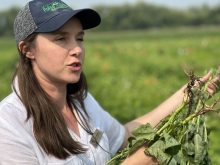Manitoba’s hog industry is in the early stages of expansion, but don’t expect to see anything dramatic in coming years, says Manitoba Pork Council general manager Andrew Dickson.
That’s because expansion will be mostly incremental and add-on, rather than from massive greenfield projects.
“It’s not dramatic growth but it’s significant when you add it up over everybody,” said Dickson during the Manitoba Swine Seminar.
Achieving two to three percent annual growth would allow the provincial industry to feed the slaughter plants and return them to efficient levels of production, ensuring their futures.
Read Also

U.S. farm group supports supply management
U.S. grassroots farm advocacy group pushing new agriculture legislation that would move towards supply management like Canada has for dairy industry
Manitoba’s hog industry survived a brutal period of economic pressure, U.S. government trade actions and provincial government antagonism from the mid-2000s to the early 2010s. Many farms failed and the herd shrunk.
Numerous weanling farms feeding Iowa’s hog industry closed and Manitoba’s slaughter plants began falling short of pigs to kill.
But things began bouncing back when U.S. country-of-origin labelling laws were thrown out, profitable prices returned and the NDP provincial government began softening its approach.
The new PC provincial government replaced the NDP in 2016 and many regulatory restrictions on building or expanding hog barns were eased or eliminated.
Dickson said a small number of new barns are moving forward now, with two feeder barns approved and four more in the approval process, and many more farmers asking about the rules for new construction.
But Dickson said most producers are interested in rebuilding, expanding or improving their present operations, rather than building large new complexes.
Most Manitoba barns were built in the 1990s and early 2000s, so they are not only wearing out, but also are not designed for today’s pigs and systems.
For instance, fed pigs might have been an average of 240 pounds when a barn was built, but often end up at 280 lb. these days.
Dickson said “the capital is available,” so most farmers won’t have trouble finding the money to expand.
However, many approvals are still needed, from the municipal to provincial levels, so it’s not easy being able to move forward with new or rebuilt barns.
The mood in the industry is much better than it was a decade ago, and that’s a relief.
“We have an opportunity in front of us,” said Dickson.















